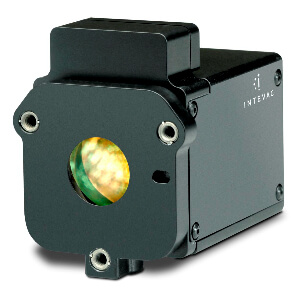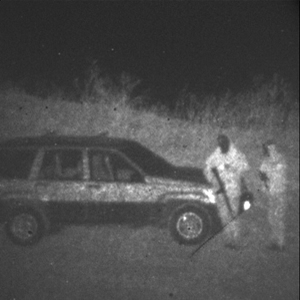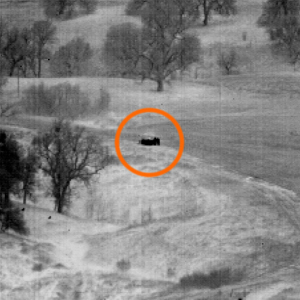The LIVAR® M506 provides both day and night coverage, making it a readily adaptable solution for a host of long range targeting and identification requirements. The camera is a natural addition for ground vehicles, airborne and maritime platforms already equipped with a thermal or other moving target indicator (MTI).

Key Benefits
- Compact, lightweight, cost-effective
- Ideal for covert operations, target identification
- Supports lasers from 1.0-1.6 µm

This range-gated, two-dimensional imaging camera system operates in the eye-safe Short Wave Infrared (SWIR) band and supports mounted and dismounted operations. The system includes a camera, High Voltage Power Supply (HVPS) and Thermoelectric Cooler Controller (TECC). An optional high-PRF version is available that allows the use of low-power, high-PRF diode lasers with the camera in accumulation mode.
Working in conjunction with a range detector, the LIVAR M506 system sets the range gate for the target location to provide a stream of digital images optimized for that range. The camera can be set to active master, active slave, or passive imaging modes to accommodate a variety of applications.
The LIVAR M506 system offers system integrators an advanced long-range surveillance camera at a low cost.
The camera’s eye-safe feature enables warfighters to safely engage targets using extended-range weapon systems. LIVAR increases weapon system effectiveness and reduces the risk of unintended civilian casualties and fratricide.
The LIVAR camera requires a high voltage power supply (HVPS) and thermo-electric cooler (TEC) for operation which are available in various configurations depending upon the application.
With its small form factor and easy integration into existing electro-optical targeting systems, the LIVAR M506 offers system integrators an unmatched, cost-effective long range targeting and identification camera.

NOTE: This product is under the export control of the Office of Defense Trade Controls, U.S. Department of State, and is subject to the International Traffic in Arms Regulations. Transshipment to any destination outside of the United States without the knowledge and consent of the Office of Defense Trade Controls is strictly prohibited.
